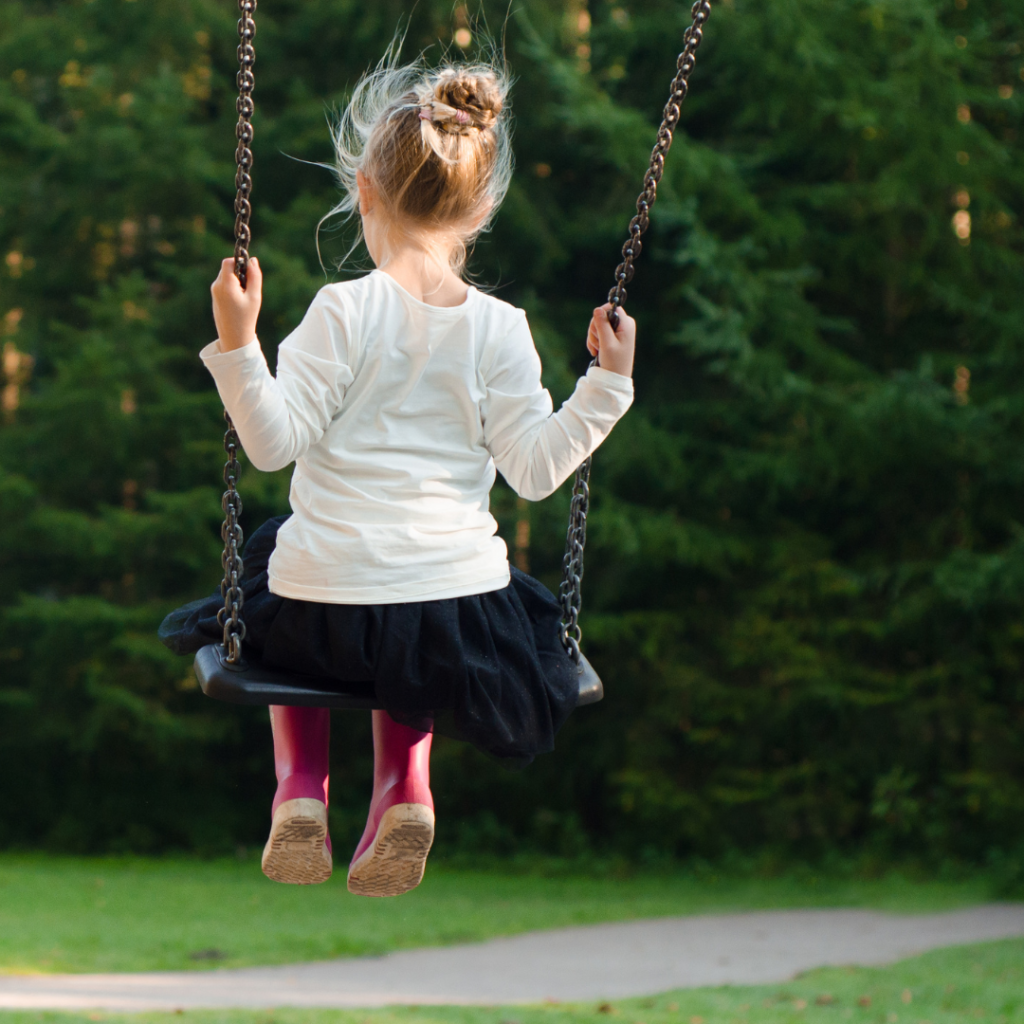
Uncover the subtle signs of child neglect—from emotional withdrawal to educational gaps—and learn how you can intervene to protect a child’s future. Your awareness can be their lifeline.
A Child’s Whispered Cry for Help
Imagine 8-year-old Liam, who spends recess alone, his backpack filled with unfinished homework. His clothes are tidy, and he smiles when spoken to, but his teacher notices he never talks about home. At night, Liam lies awake, his stomach growling, while his parents work late shifts. No one checks if he’s eaten, bathed, or feels afraid. His story isn’t unique. “Child neglect” is the most reported form of child maltreatment, yet its subtlety allows it to hide in plain sight. Unlike physical abuse, neglect often leaves no bruises—just silent, aching voids in a child’s life.
Understanding Child Neglect: More Than Meets the Eye
Neglect isn’t always about hunger or dirty clothes. It’s a pattern of unmet needs—emotional, educational, or physical. “Understanding child neglect” requires looking beyond stereotypes to recognize its quieter forms.
Emotional Neglect in Children: The Unseen Scar
Emotional neglect’ occurs when a child’s need for love, attention, or reassurance is repeatedly ignored. Signs to watch for:
- Withdrawal or Over-Compliance: A child who rarely speaks up or excessively seeks approval.
- Trouble Identifying Emotions: Statements like “I don’t know how I feel” signal a lack of emotional coaching.
- Avoiding Home Life: Lingering at school or avoiding family interactions.
For Liam, emotional neglect manifests as a hollow smile and a fear of “bothering” adults with his needs. These behaviors often overlap with the 10 warning signs of child abuse, making awareness and early intervention critical.
Educational Neglect Symptoms: When Potential Fades
Educational neglect “robs children “of their right to learn. Key indicators include:
- Chronic Absenteeism: Missing school frequently without valid reasons.
- Gaps in Basic Skills: Struggling to read or do math at grade level.
- Lack of Parental Engagement: No attendance at parent-teacher conferences or interest in progress.
Liam’s incomplete homework isn’t laziness—it’s a sign no one at home prioritizes his education.
The Lifelong Shadow: Effects of Child Neglect
The effects of child neglect can last a lifetime. Children who don’t get enough emotional care may struggle with anxiety, trust, or building healthy relationships. Those who miss out on education often face low-paying jobs or poverty. But with early help, things can change. A study by the American Psychological Association found that having supportive adults makes a big difference.
In many communities, cultural beliefs can stop people from speaking up. That’s why it’s important to start breaking the silence around child abuse.
How to Help: Turning Awareness into Action
1. Recognize the Subtle Signs
Observe Consistently: Note changes in behavior, hygiene, or academic performance. Listen Actively: Create safe spaces for children to express themselves. A simple “How are you ‘really” feeling?” can open doors
2. Report with Courage and Compassion
If you suspect neglect, how to report child neglect is straightforward:
In the U.S., contact the Child help Hotline (1-800-4-A-CHILD) or local child services. Provide specifics: “Liam hasn’t had lunch for three days and sleeps in class.
3. Support Families, Don’t Judge Them
Neglect often stems from systemic issues—poverty, mental health struggles, or lack of parenting skills. Offer “child neglect” help by:
- Sharing Resources: Connect families to food banks, tutoring, or free counseling via organizations like Child Welfare Information Gateway.
- Volunteering: Mentor a child or donate to shelters through CPGN.
You Hold the Power to Change a Life
“Child neglect signs” are whispers, not shouts. That quiet child in your neighborhood or classroom might be pleading for someone to notice. As advocate Tara Moss once said, “Children are not resilient because of neglect, but in spite of it.
Learn more about emotional neglect in children, access free toolkits for caregivers, or donate to The best child welfare NGO. Together, we can replace silence with hope.